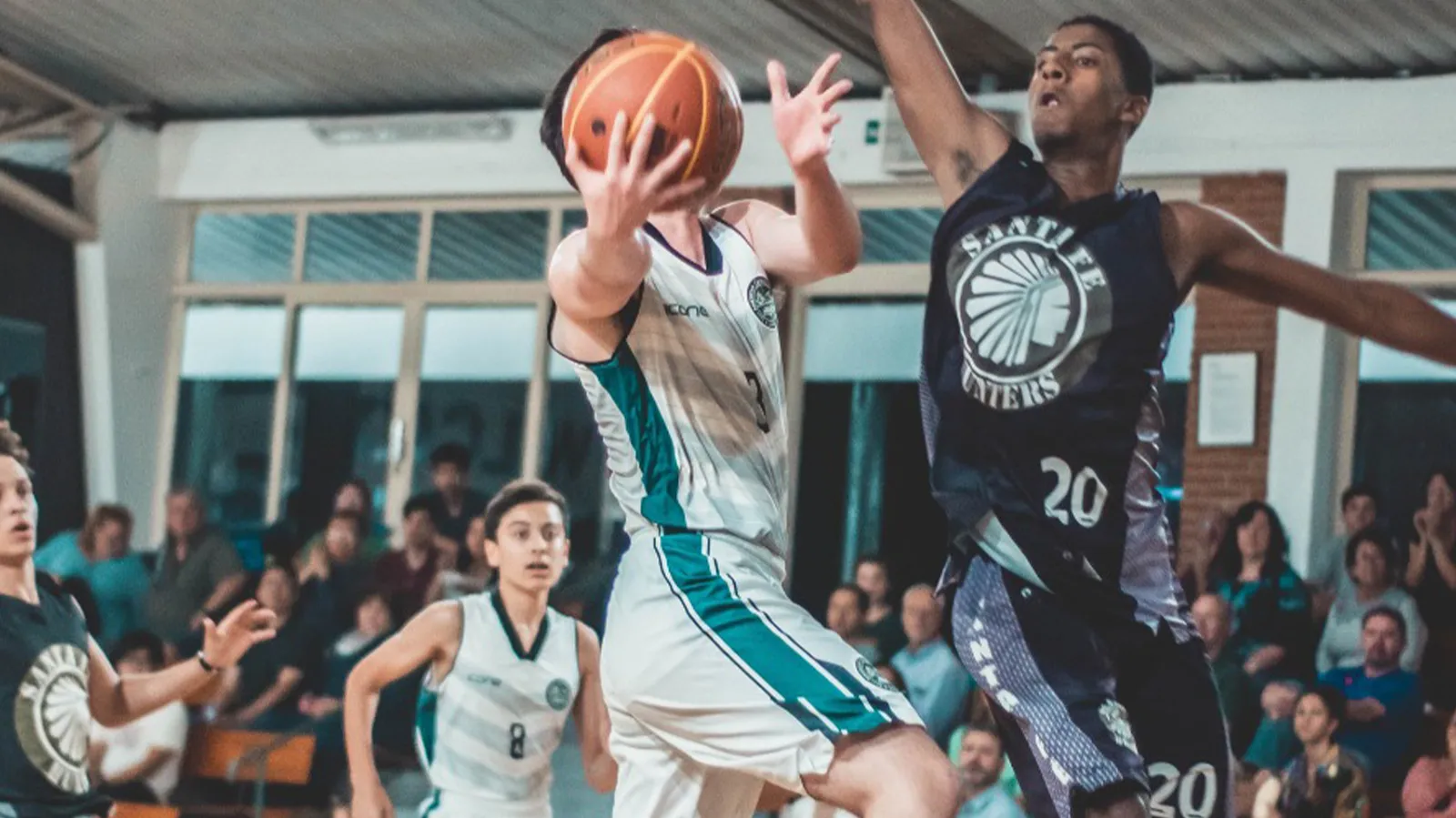Individual Training In Youth Basketball

Individual training is an essential part of developing skills and enhancing performance in basketball, especially for youth basketball players. The process of individual training provides coaches with a defined plan and structure teach the game while helping young players develop their fundamentals, such as shooting mechanics, passing, ball handling and athleticism. Individual basketball training also gives depth to team play by providing players with opportunity for creative learning outside team practices. Planning and organizing individual youth basketball training requires attention to age appropriate activities, integration with team practice sessions, appropriate drill selection, and including competitive drills as well as entertaining games. With individualized attention, youth basketball players hone their skills while having fun in a healthy environment that emphasizes character building alongside with skill development.
The development of individual skills in youth basketball is essential in order to maximize the potential of players and their technical-physical abilities. Introducing individual drills to become a better one on one player, honing shooting techniques and mastering decision-making processes are all core skills that need to be developed by youth players to make a real impact on the court.
- Shooting drills:
Focus on advanced shooting drills that simulate game situations such as catch-and-shoot, off-the-dribble, and shooting off screens. Incorporate shooting drills that challenge players to shoot from different spots on the court. Design shooting drills in a way that anaerobic or aerobic capacity could be improved at the same time. - Ball Handling drills:
Use advanced ball-handling drills together with coordination by using various materials. Full-court dribbling, dribbling moves in tight spaces, and dribbling moves with two balls. These drills can help players improve their ball control and develop a better feel for the ball. - Footwork drills:
Proper footwork is the foundation of strong ball-handling, driving to the lane, shooting accuracy, changing directions, making fast cuts and moving without the ball. Focus on advanced footwork drills such as pivot moves, reverse pivots, lateral quickness and jump stops. These drills can help players develop better footwork, balance, and agility. With creativity put into these basic drill sets, even more effective footwork drills can be crafted specifically tailored for an athlete’s needs. - Defensive drills:
Defensive drills have a lot in common with footwork drills. Incorporate advanced defensive drills that challenge players to defend in different situations such as one-on-one, help defense, and defending pick-and-roll situations. Besides that, closeout, ball denial, defensive slides and defensive reaction drills are crucial to excel on the defensive end of the court. - Rebounding drills:
Use advanced rebounding drills that focus on boxing out, jump timing, securing the ball and getting open after the rebounding. These drills can help players develop better rebounding skills and improve their overall athleticism. - Conditioning drills:
Incorporate advanced conditioning drills such as interval sprints, agility drills, and plyometric exercises. These drills can help players develop better endurance, speed, and explosiveness. - Game simulation drills:
Use drills that simulate game situations, such as fast-break drills, transition drills, and situational drills. These drills can help players develop better decision-making skills and improve their overall basketball IQ.
Remember to tailor the drills to the individual needs of each player, provide constructive feedback, and gradually increase the intensity of the drills. By using these advanced level individual practices, players can improve their skills, develop better athleticism, and become more confident on the court.